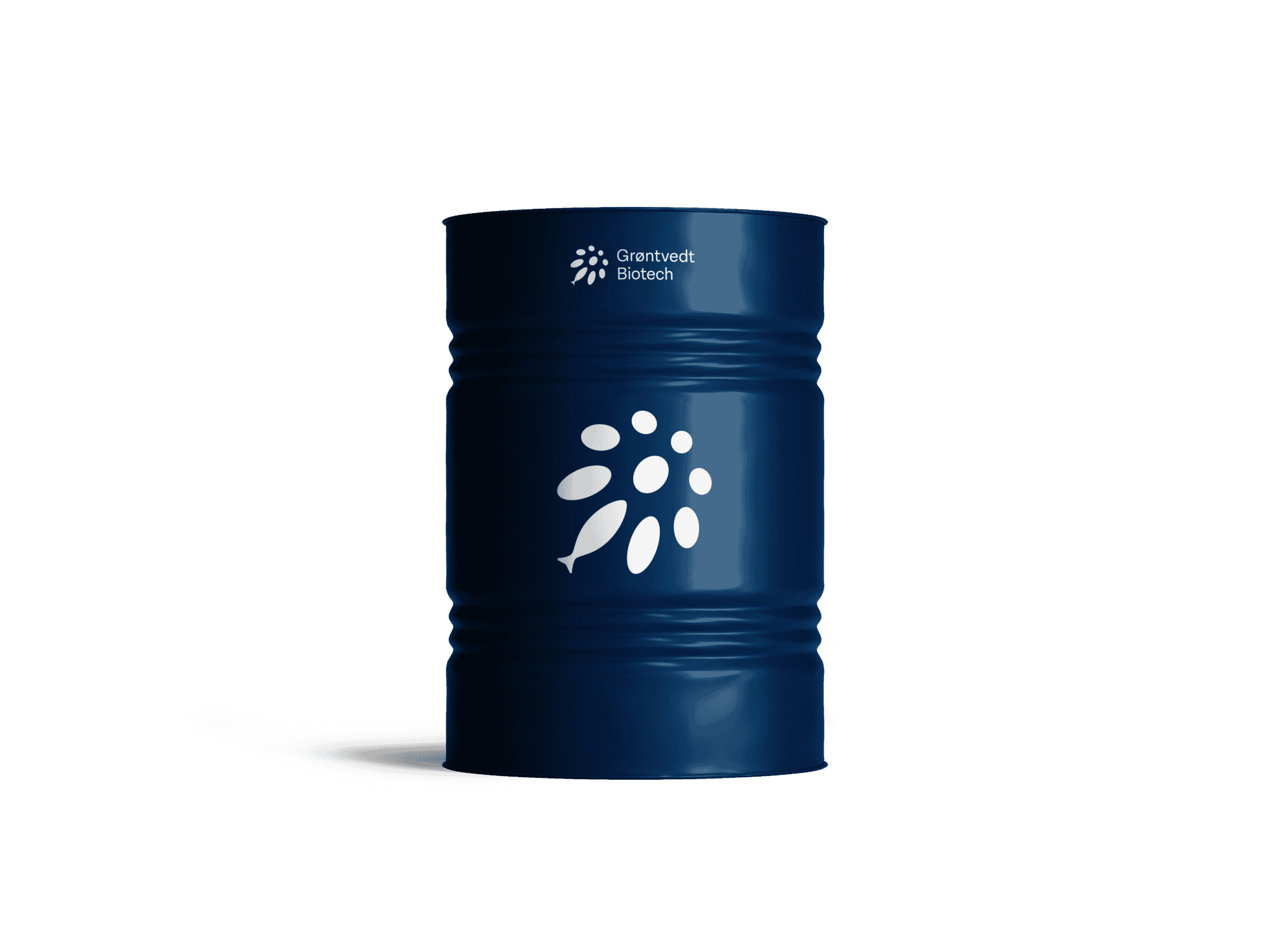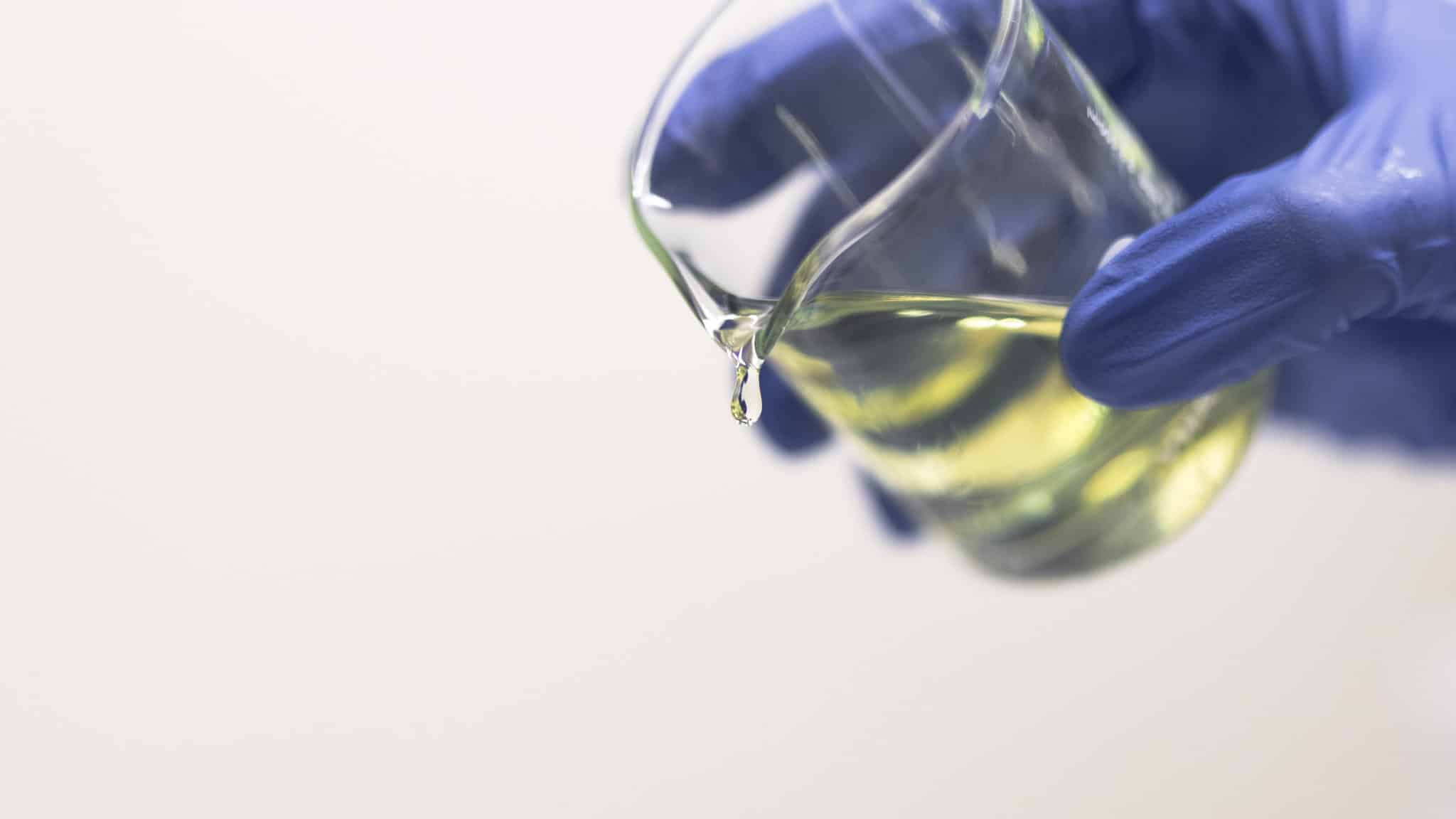CETO3® – Cetoleic acid /Omega-11 & Omega-3

CETO3® is our branded ingredient for our high Omega-11, Omega-9 & Omega-3 product derived from Norwegian Herring. CETO3® is a marine ingredient which is immediate processed at our factory in Uthaug, Norway
Grøntvedt – The Phone Call from Spætt AS on Vimeo.

CETO3® – Cetoleic acid /Omega-11 & Omega-3
Global Impact

Science on Cetoleic acid/Omega-11
CETO3® supplementation decreased plasma levels of total fat (−58%), TG (−55%), total cholesterol (−41%), and LDL cholesterol (−45%), while increasing the ratio of HDL to LDL cholesterol (46%). Supplementation also increased hepatic and plasma levels of long-chain n-3, n-9, and n-11 MUFAs, including C22:1n-11, and decreased n-6 FA accumulation. The reduction in saturated long-chain FAs in both the liver and plasma indicated increased hepatic peroxisomal and mitochondrial activity. Furthermore, increased oleic acid oxidation was observed in human myotubes in the presence of C20:1n-11 and C20:1n-9.
Read full study here:
https://www.frontiersin.org/journals/nutrition/articles/10.3389/fnut.2025.1611166/full

With the estimated future increase in human population, there will probably be a lack of Omega-3 fatty acids for human consumption in near future. It is therefore of high importance to develop strategies to enhance the utilization of existing EPA and DHA sources by improving the different species’ innate capacities for EPA and DHA production from the shorter chain Omega-3 fatty acid ALA. Attached you find scientific study which proves that Cetoleic acid stimulates the EPA and DHA synthesis in human liver cells. Enrichment of a human liver cell line (HepG2) in culture with cetoleic acid, resulted in approximately 40 % increased production of EPA and DHA from ALA.

Cetoleic acid stimulates the EPA and DHA synthesis in human liver cells. Enrichment of a human liver cell line (HepG2) with cetoleic acid, resulted in approximately 40 % increased production of EPA and DHA from ALA


CETO3® supplementation decreased plasma levels of total fat (−58%), TG (−55%), total cholesterol (−41%), and LDL cholesterol (−45%), while increasing the ratio of HDL to LDL cholesterol (46%). Supplementation also increased hepatic and plasma levels of long-chain n-3, n-9, and n-11 MUFAs, including C22:1n-11, and decreased n-6 FA accumulation. The reduction in saturated long-chain FAs in both the liver and plasma indicated increased hepatic peroxisomal and mitochondrial activity. Furthermore, increased oleic acid oxidation was observed in human myotubes in the presence of C20:1n-11 and C20:1n-9.
Read full study here:
https://www.frontiersin.org/journals/nutrition/articles/10.3389/fnut.2025.1611166/full

With the estimated future increase in human population, there will probably be a lack of Omega-3 fatty acids for human consumption in near future. It is therefore of high importance to develop strategies to enhance the utilization of existing EPA and DHA sources by improving the different species’ innate capacities for EPA and DHA production from the shorter chain Omega-3 fatty acid ALA. Attached you find scientific study which proves that Cetoleic acid stimulates the EPA and DHA synthesis in human liver cells. Enrichment of a human liver cell line (HepG2) in culture with cetoleic acid, resulted in approximately 40 % increased production of EPA and DHA from ALA.

Cetoleic acid stimulates the EPA and DHA synthesis in human liver cells. Enrichment of a human liver cell line (HepG2) with cetoleic acid, resulted in approximately 40 % increased production of EPA and DHA from ALA

You can find us here